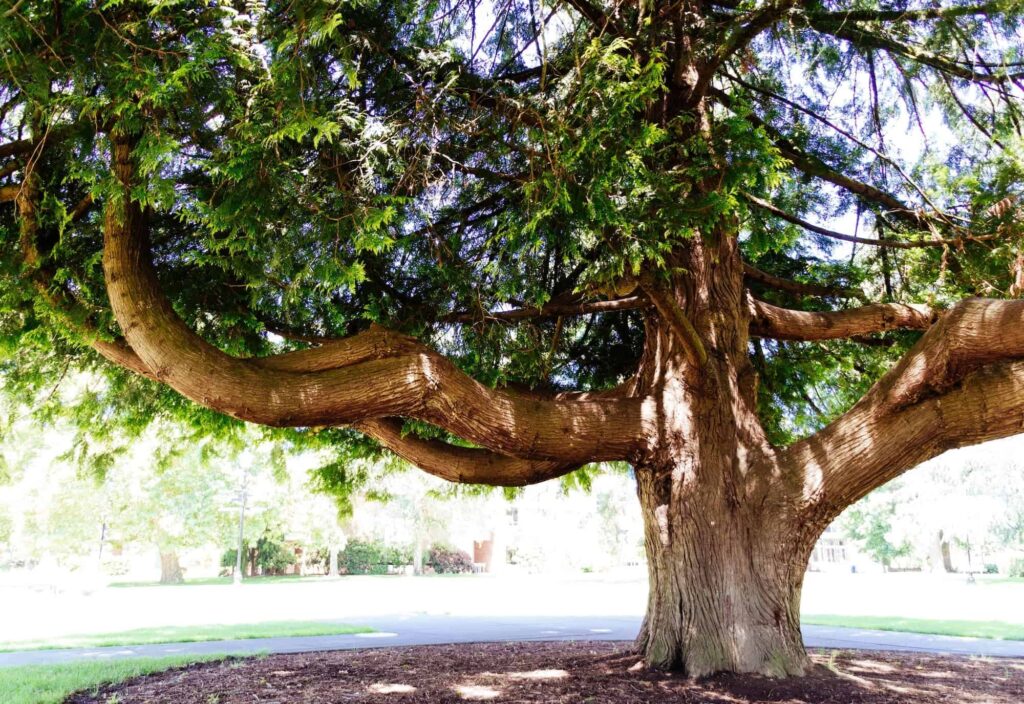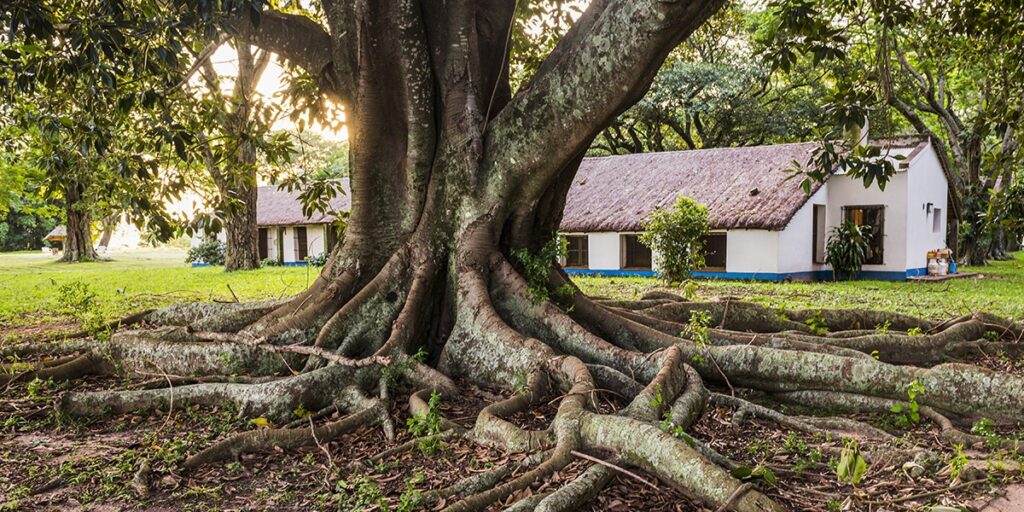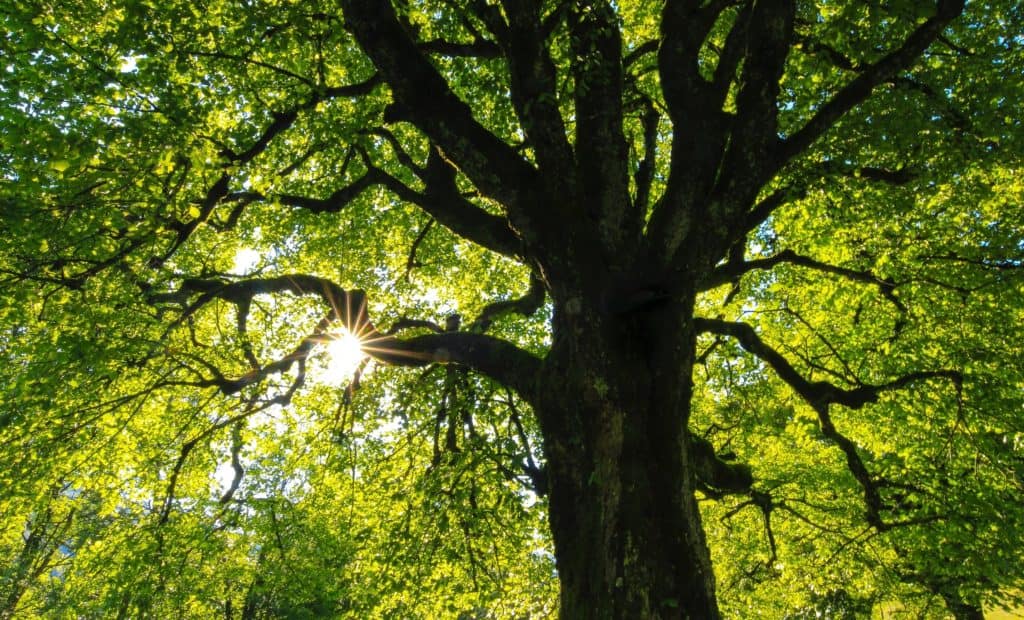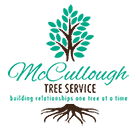By: Shelby McCullough| Published: December 18, 2025
Trees are essential to our environment, offering numerous benefits, from providing oxygen to enhancing the beauty of our surroundings. However, just like any other living organism, trees can become unhealthy. Recognizing the signs of an unhealthy tree is crucial for maintaining the health of your landscape and ensuring the safety of your property. In this guide, we will explore the various indicators of an unhealthy tree, providing you with the knowledge to identify and address potential issues.

Signs of an Unhealthy Tree
Understanding the signs of an unhealthy tree is the first step in ensuring tree health and safety. Here are some key indicators to look out for:
1. Visible Damage
- Cracks and Splits: Check for large cracks or splits in the trunk or branches, which can be a sign of internal decay.
- Peeling Bark: Bark that is peeling away or missing in large sections can indicate disease or pest infestation.
- Damaged Leaves: Yellowing, wilting, or unusually sparse foliage during the growing season is a clear sign of distress.
2. Fungal Growth
- Mushrooms and Conks: The presence of mushrooms or conks at the base of the tree or on the trunk often signals internal rot.
- Powdery Mildew: A white, powdery substance on leaves can indicate fungal infection.
3. Structural Problems
- Leaning: A tree that suddenly leans to one side could have root or structural issues.
- Weak Branch Unions: Branches that grow close together with bark inclusions are weaker and prone to splitting.
4. Pest Infestation
- Borer Holes: Small holes in the bark with sawdust-like frass around them can indicate wood-boring insects.
- Aphids and Mites: Sticky residue (honeydew) on leaves and the presence of small insects can weaken the tree.

Common Causes of Tree Health Decline
Identifying the root causes of tree health issues can help in preventing them. Here are common causes:
1. Environmental Stress
- Drought: Lack of adequate water can lead to wilting, leaf drop, and eventual death.
- Poor Soil Conditions: Compacted soil, poor drainage, and nutrient deficiencies can weaken trees over time.
2. Physical Damage
- Construction Injury: Damage from nearby construction can sever roots and compact soil, leading to decline.
- Storm Damage: High winds, lightning, and heavy snow can cause significant physical damage to trees.
3. Pests and Diseases
- Insects: Pests like emerald ash borers and bark beetles can devastate tree health.
- Fungal Infections: Diseases like Dutch elm disease and oak wilt can spread quickly and kill trees.

Steps to Diagnose Tree Health Issues
Proper diagnosis of tree health issues involves a systematic approach. Here’s a step-by-step guide:
- Visual Inspection
- Examine the entire tree, including leaves, bark, branches, and roots.
- Look for signs of damage, discoloration, and abnormal growth patterns.
- Soil Testing
- Test the soil around the tree for pH levels, nutrient content, and compaction.
- Ensure the soil has good drainage and is not too compacted.
- Watering Practices
- Check the moisture levels in the soil to determine if the tree is receiving adequate water.
- Adjust watering practices based on the specific needs of the tree species.
- Pest and Disease Identification
- Identify any pests or diseases present on the tree.
- Use online resources or consult with a certified arborist for accurate identification.
Prevention and Maintenance Tips
Preventing tree health issues is always better than treating them. Here are some tips to maintain healthy trees:
1. Regular Watering
- Water deeply and infrequently to encourage deep root growth.
- Mulch around the base of the tree to retain moisture and regulate soil temperature.
2. Proper Pruning
- Prune dead or diseased branches to prevent the spread of infection.
- Use proper pruning techniques to avoid causing unnecessary damage.
3. Fertilization
- Apply a balanced fertilizer based on soil test results to provide essential nutrients.
- Avoid over-fertilization, which can harm the tree.
4. Pest and Disease Management
- Monitor for signs of pests and diseases regularly.
- Use integrated pest management (IPM) practices to control infestations.
When to Call a Professional Arborist
Knowing when to seek professional help is crucial for the health of your trees. Here are situations where you should call an arborist:
- Severe Structural Damage
- If the tree has large cracks, splits, or is leaning dangerously, professional assessment is needed.
- Advanced Disease Symptoms
- Presence of mushrooms, extensive dieback, or significant pest infestation requires expert intervention.
- Tree Removal
- If a tree poses a safety hazard or needs to be removed, certified arborists have the skills and equipment to do so safely.
Interactive FAQ Section
What are the signs of an unhealthy tree?
Signs include visible damage (cracks, peeling bark), fungal growth (mushrooms, mildew), structural problems (leaning, weak branches), and pest infestation (borer holes, sticky residue).
What causes trees to become unhealthy?
Common causes include environmental stress (drought, poor soil), physical damage (construction, storms), and pests and diseases (insects, fungal infections).
How can I diagnose tree health issues?
Start with a visual inspection, test the soil, check watering practices, and identify any pests or diseases. Consult an arborist if necessary.
What are some tips for maintaining healthy trees?
Regular watering, proper pruning, balanced fertilization, and pest and disease management are key practices.
When should I call a professional arborist?
Call an arborist for severe structural damage, advanced disease symptoms, or when tree removal is necessary.
Conclusion
Recognizing and addressing the signs of an unhealthy tree is vital for maintaining the beauty and safety of your landscape. By following the tips and guidelines provided in this guide, you can ensure your trees remain healthy and vibrant. Remember, when in doubt, always seek the expertise of a certified arborist to safeguard your trees and property.

